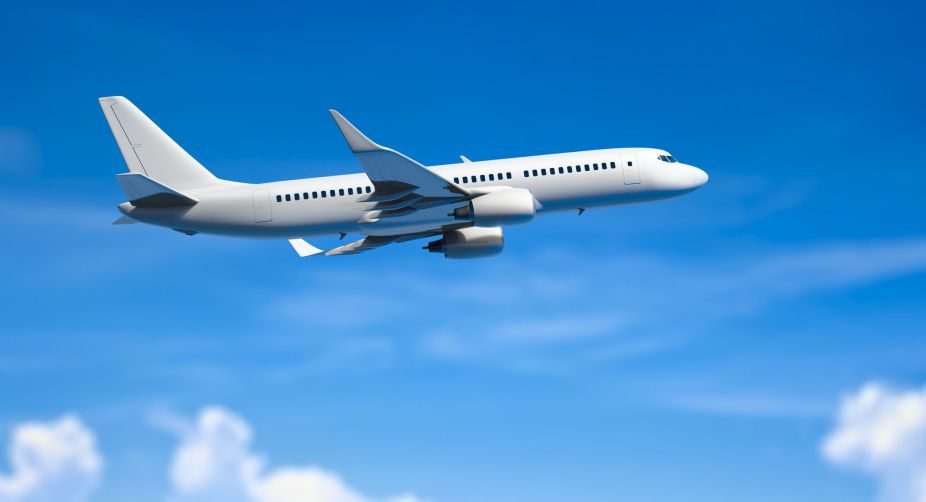India’s draft space transportation policy gives green push to ISRO
"We will go with solid fuel as it's low cost and gives large thrust. Eventual plan is to shift to greener fuels for our future vehicles."
Last week, 80 years later, an even bigger aircraft, the “Stratolaunch,” took to the skies over southern California’s Mojave Desert, in a second successful test flight that awed onlookers marvelling at its wingspan of 117.3 metres and six Boeing engines that roared in synchronicity, Xinhua news agency reported on Tuesday.

Representational Image (Photo: Getty Images)
In 1941, the US government hired billionaire entrepreneur Howard Hughes to build a massive airplane to take some 700 American soldiers into combat. Hughes’ legendary “Spruce Goose” had a wingspan of 97.5 metred.
Last week, 80 years later, an even bigger aircraft, the “Stratolaunch,” took to the skies over southern California’s Mojave Desert, in a second successful test flight that awed onlookers marvelling at its wingspan of 117.3 metres and six Boeing engines that roared in synchronicity, Xinhua news agency reported on Tuesday.
Advertisement
The second successful test flight lasted 2.5 hours and the vehicle reached an altitude of 14,000-feet.
Advertisement
This massive aircraft, resembling two giant Boeing jets flying side-by-side, will not be transporting troops. Its use will be to launch rockets and space vehicles from high atmospheric locations, into the stars.
“Stratolaunch is advancing our nation’s ability to be a worldwide leader in the hypersonic market,” Stratolaunch Systems Chief Technology Officer Daniel R. Millman said in a statement.
“Our flight today gets us another step closer to our promise of delivering the world’s premier hypersonic flight test service.”
While the Hughes Aircraft H-4 Hercules, nicknamed the Spruce Goose, remains “the largest flying boat ever built”, according to Flightglobal, it only achieved one successful test flight in 1947, and today sits inside a huge hangar for public viewing in McMinnville, Oregon.
Built of wood with eight massive propeller engines, the Goose pales in power and performance to the six Boeing 747-400 engines that propel the “all-composite” materials used in Stratolaunch, industry experts noted.
But that was 80 years ago.
Stratolaunch Systems tweeted a look at its mega-airplane performing flight test manoeuvers in a dramatic video.
The company called the plane “the world’s largest all-composite aircraft” and structurally super-strong to carry other vehicles into thinner atmospheres for launching into space.
And while Hughes’ Spruce Goose was close to the length of an American football field, the Stratolaunch even exceeds those dimensions.
Stratolaunch, the company, was founded in 2011 by another successful entrepreneur, Microsoft co-founder Paul Allen, with a mission to create a high stratospheric platform to launch satellites into space, according to Digitaltrends.com.
Stratolaunch describes the carrier aircraft as “a revolutionary launch pad for hypersonic and aerospace vehicles” ,designed to carry launch vehicles that can travel at hypersonic speeds reaching Mach 6, with a reusable Talon-A vehicle.
By stark comparison, the 1947 Spruce Goose’s top speed was 378.1 km per hour.
The Talon-A is being designed to fly at 7,406 km per hour.
Advertisement